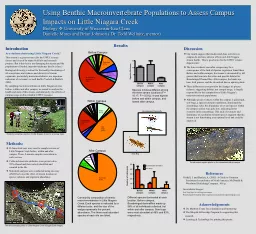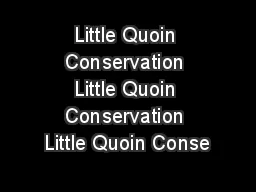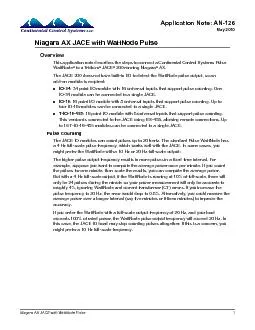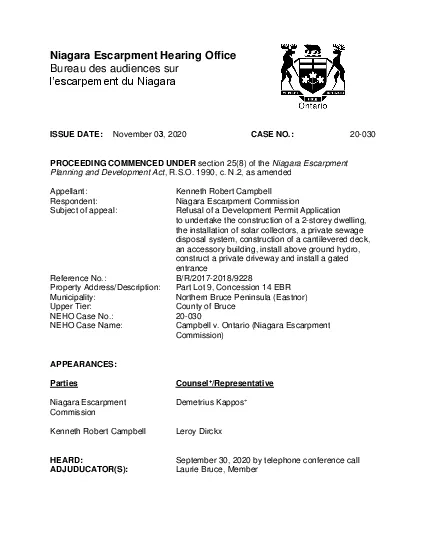PPT-After Campus Before Campus Introduction Are students destroying Little Niagara
Author : debby-jeon | Published Date : 2019-11-05
After Campus Before Campus Introduction Are students destroying Little Niagara Creek This stream is a great resource for the UWEC science classes and is used for
Presentation Embed Code
Download Presentation
Download Presentation The PPT/PDF document "After Campus Before Campus Introduction ..." is the property of its rightful owner. Permission is granted to download and print the materials on this website for personal, non-commercial use only, and to display it on your personal computer provided you do not modify the materials and that you retain all copyright notices contained in the materials. By downloading content from our website, you accept the terms of this agreement.
After Campus Before Campus Introduction Are students destroying Little Niagara: Transcript
Download Rules Of Document
"After Campus Before Campus Introduction Are students destroying Little Niagara"The content belongs to its owner. You may download and print it for personal use, without modification, and keep all copyright notices. By downloading, you agree to these terms.
Related Documents














